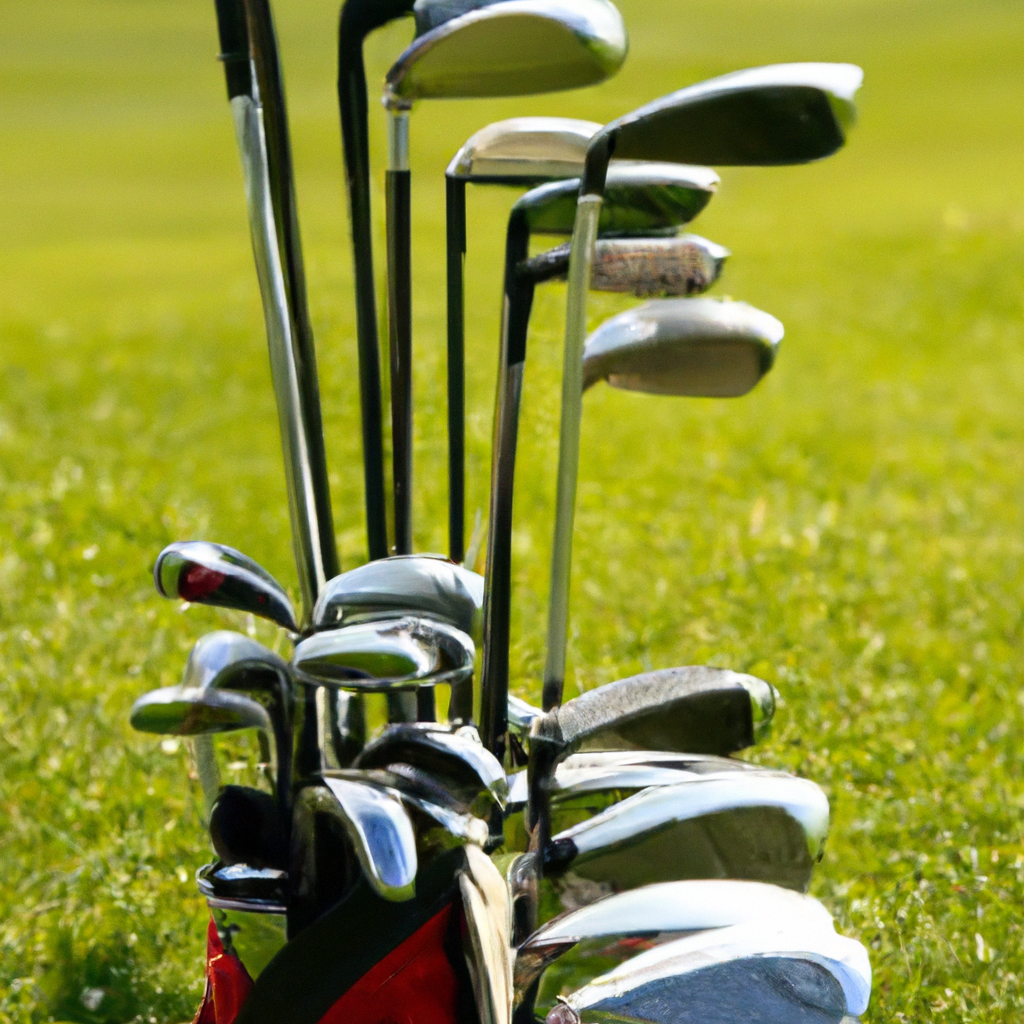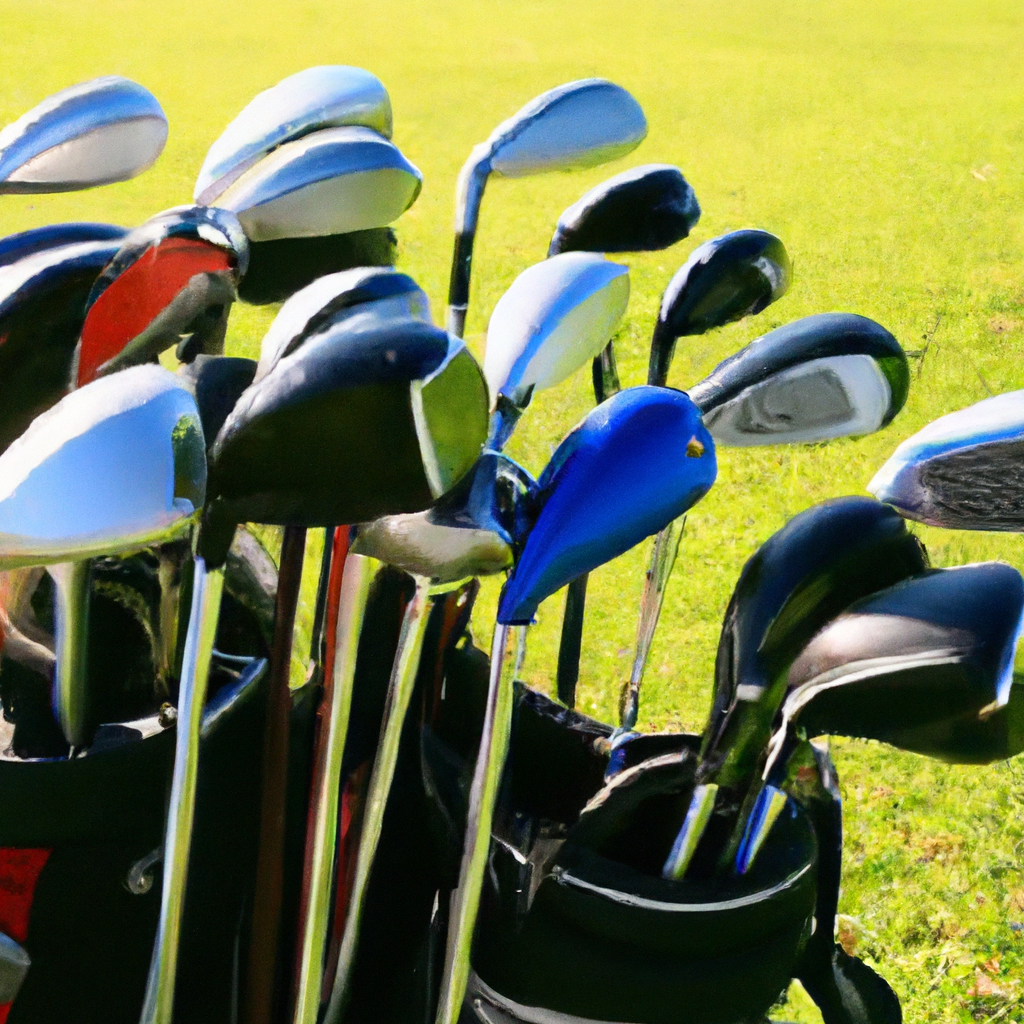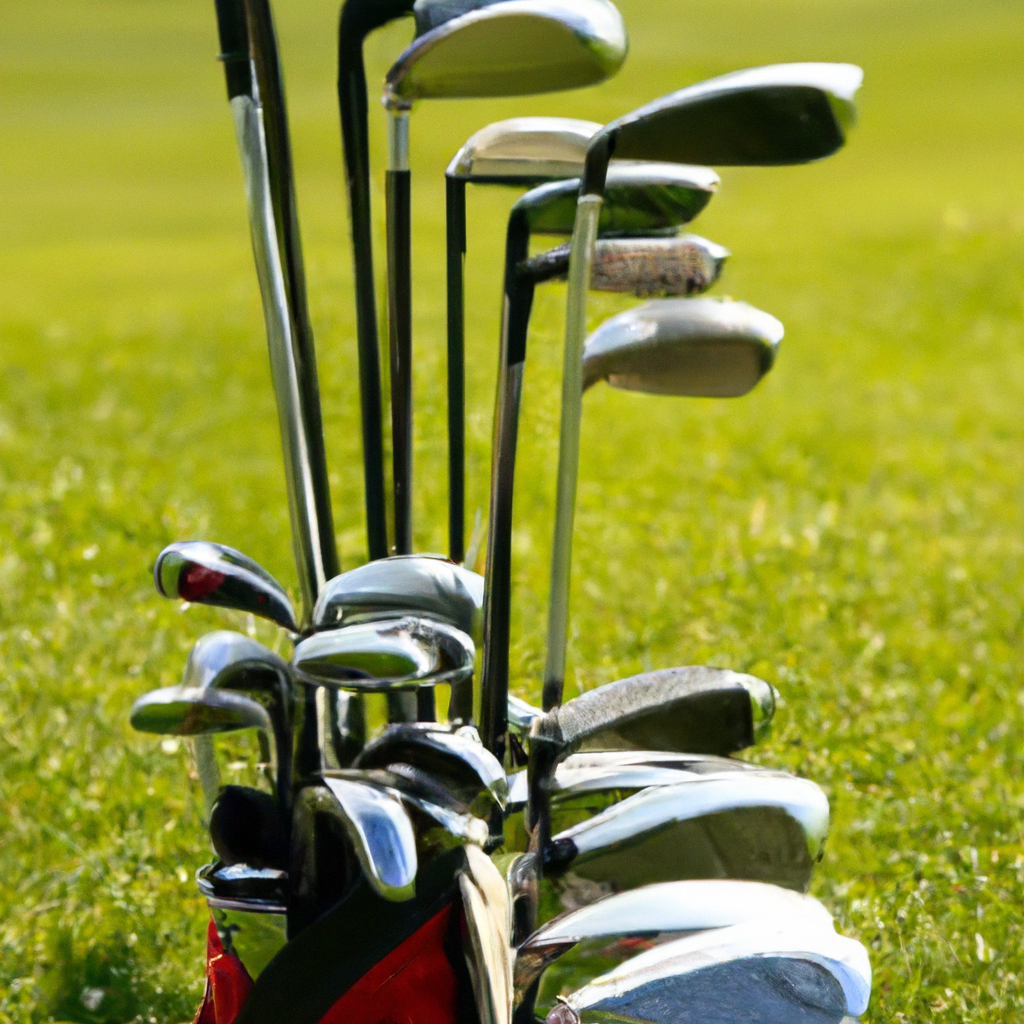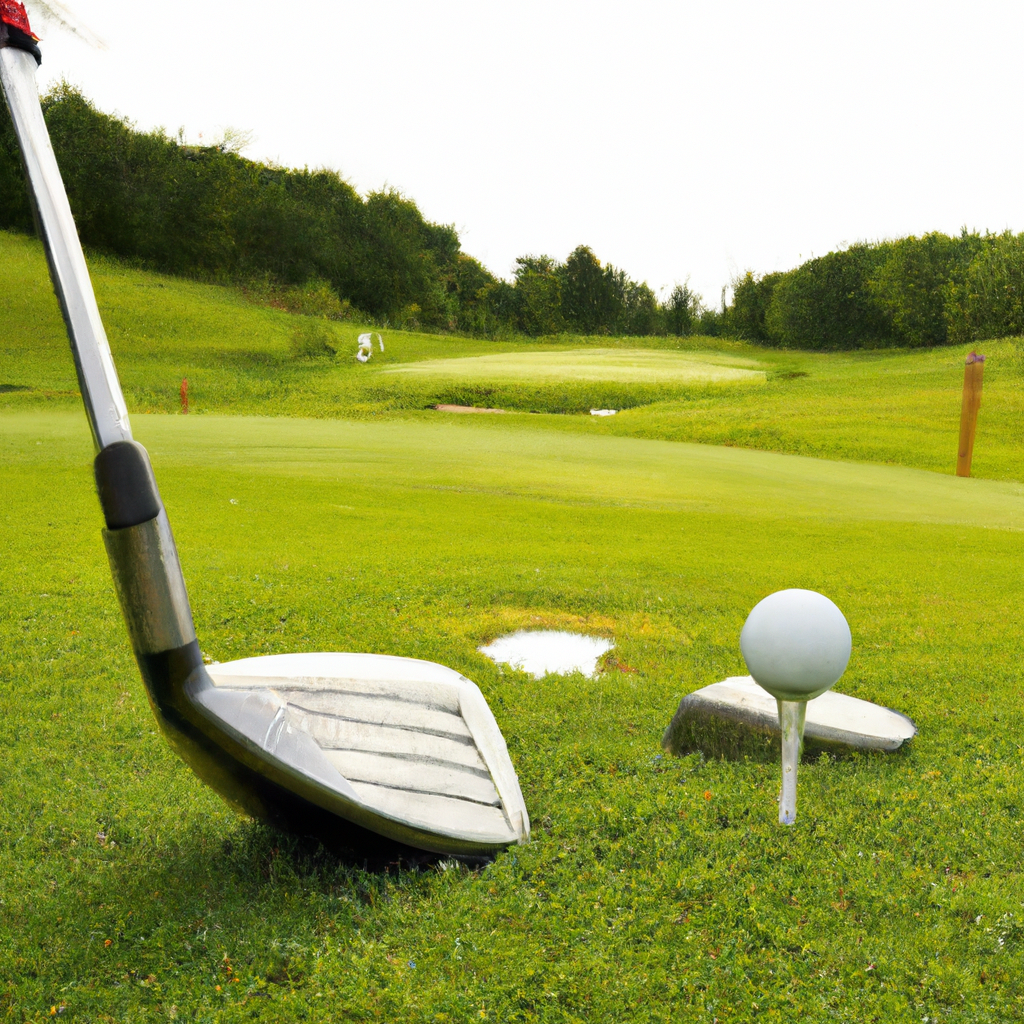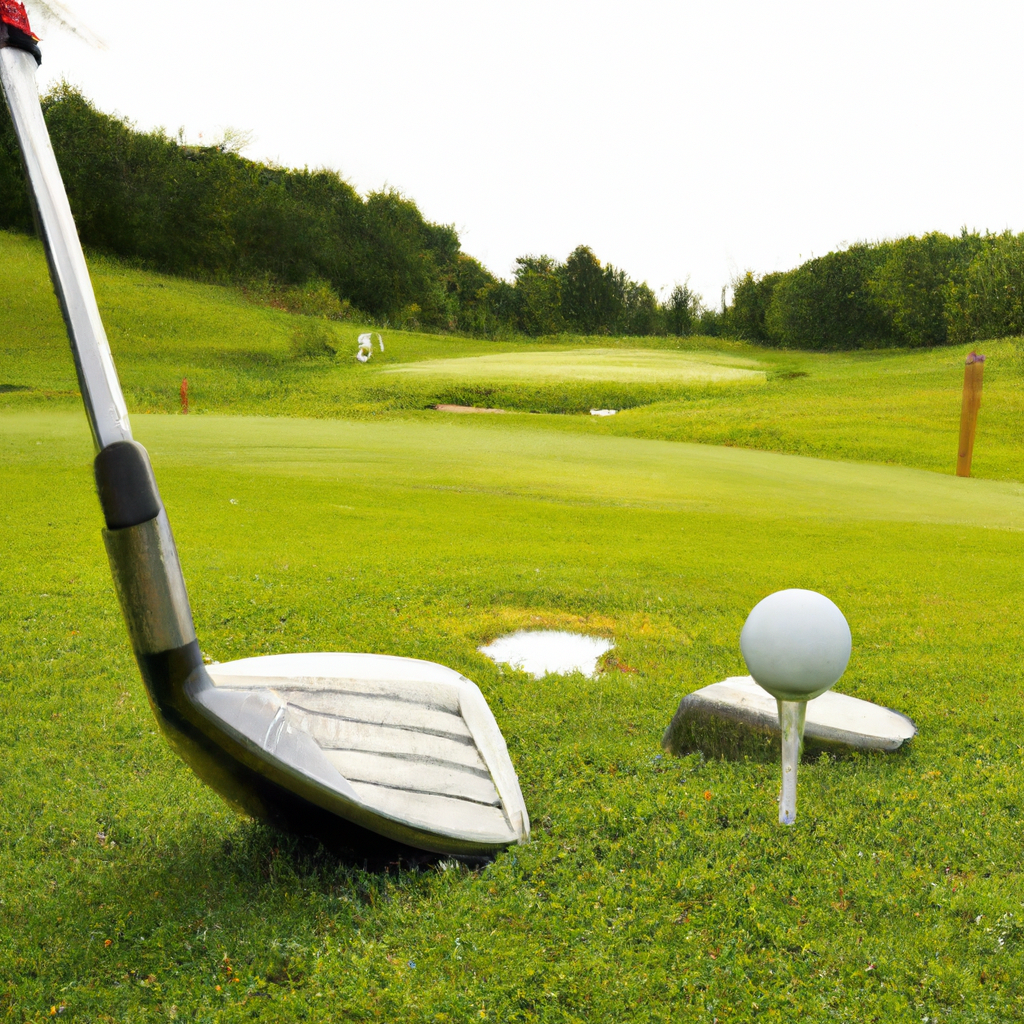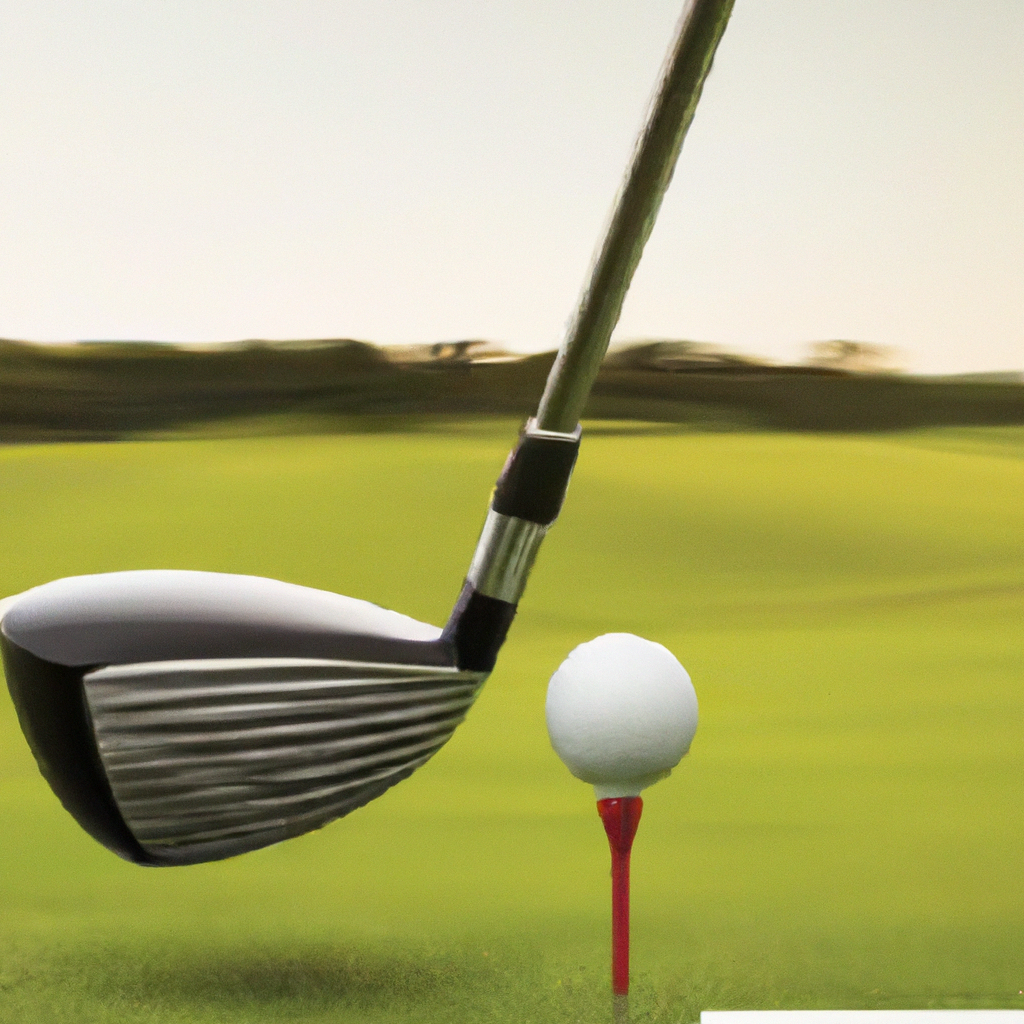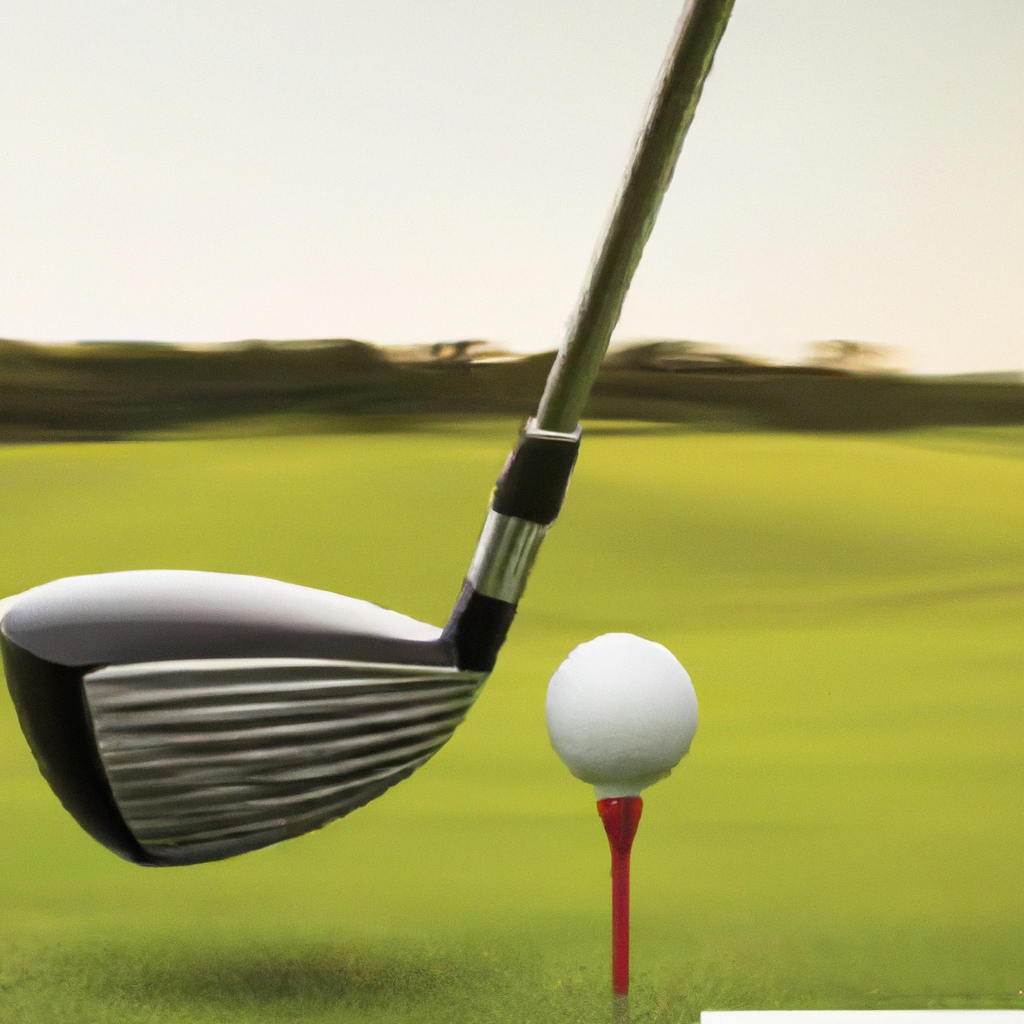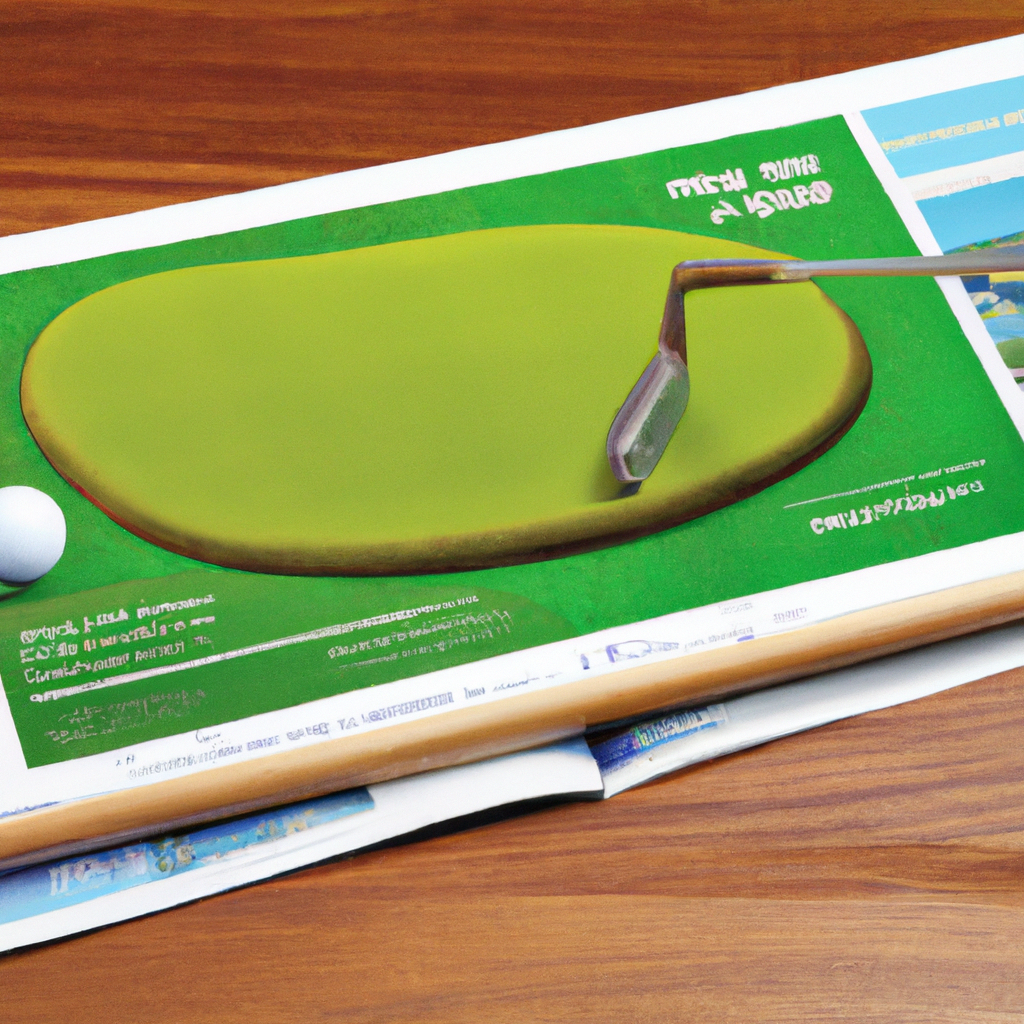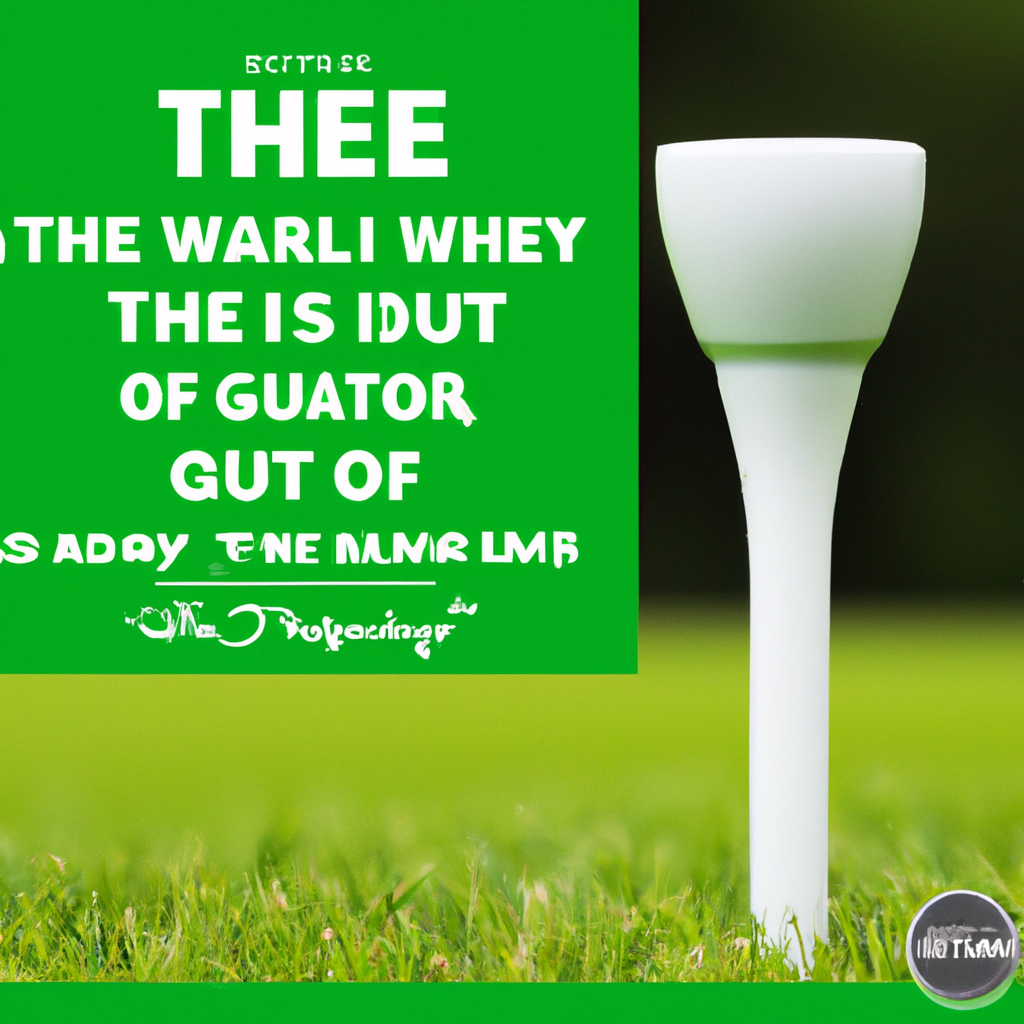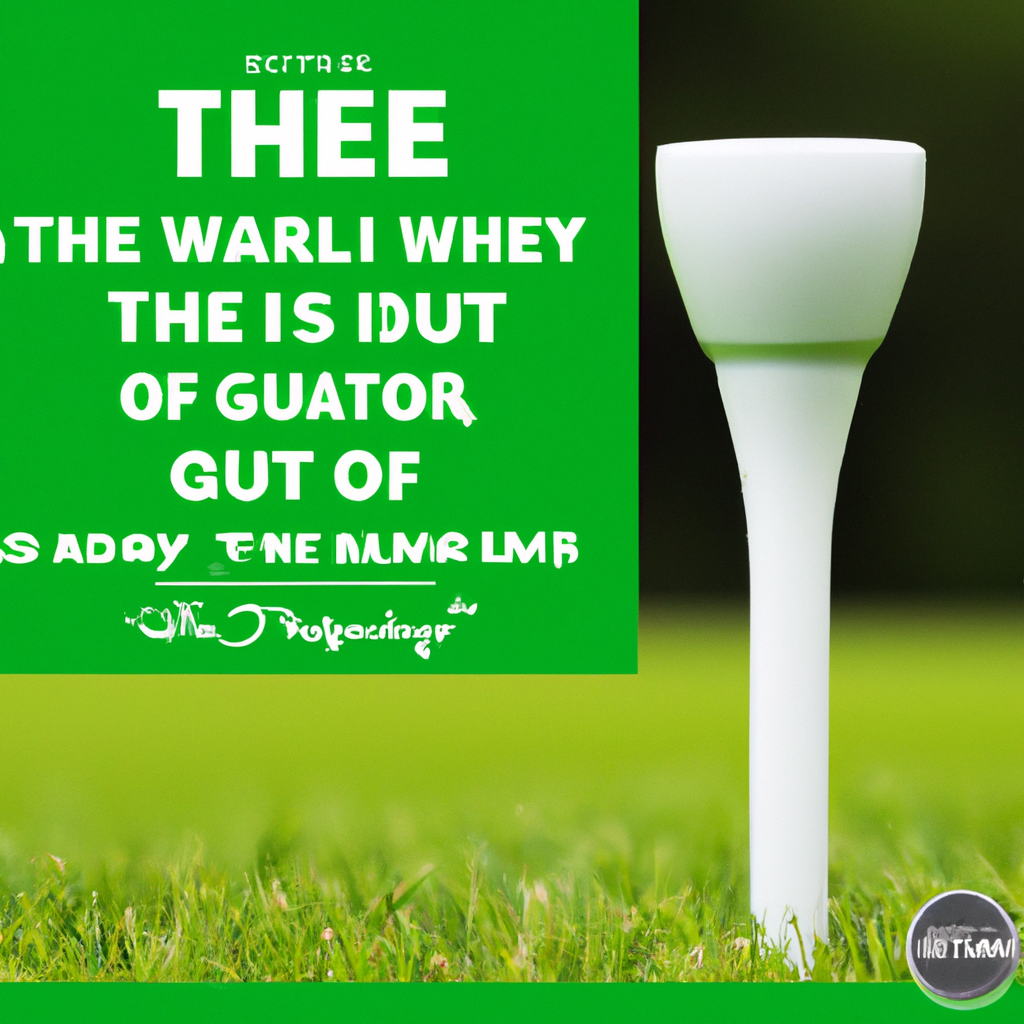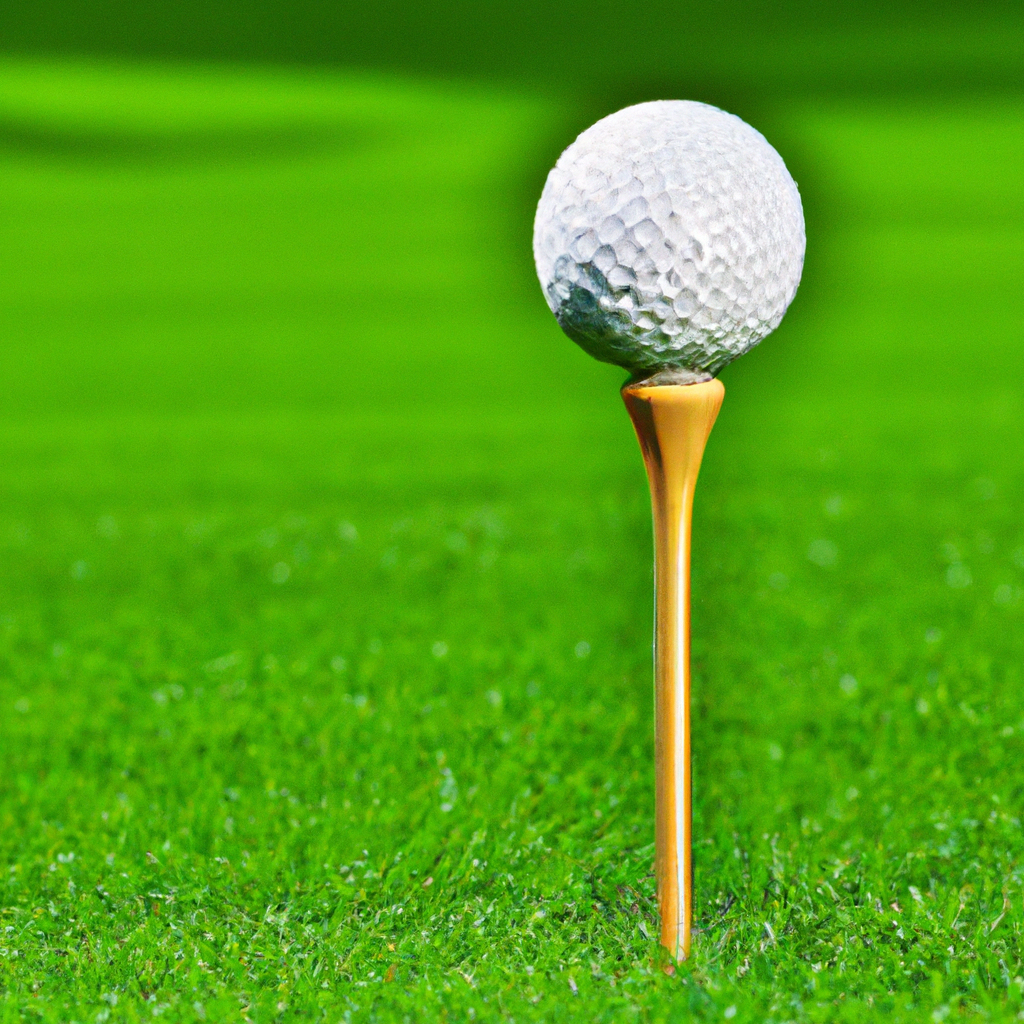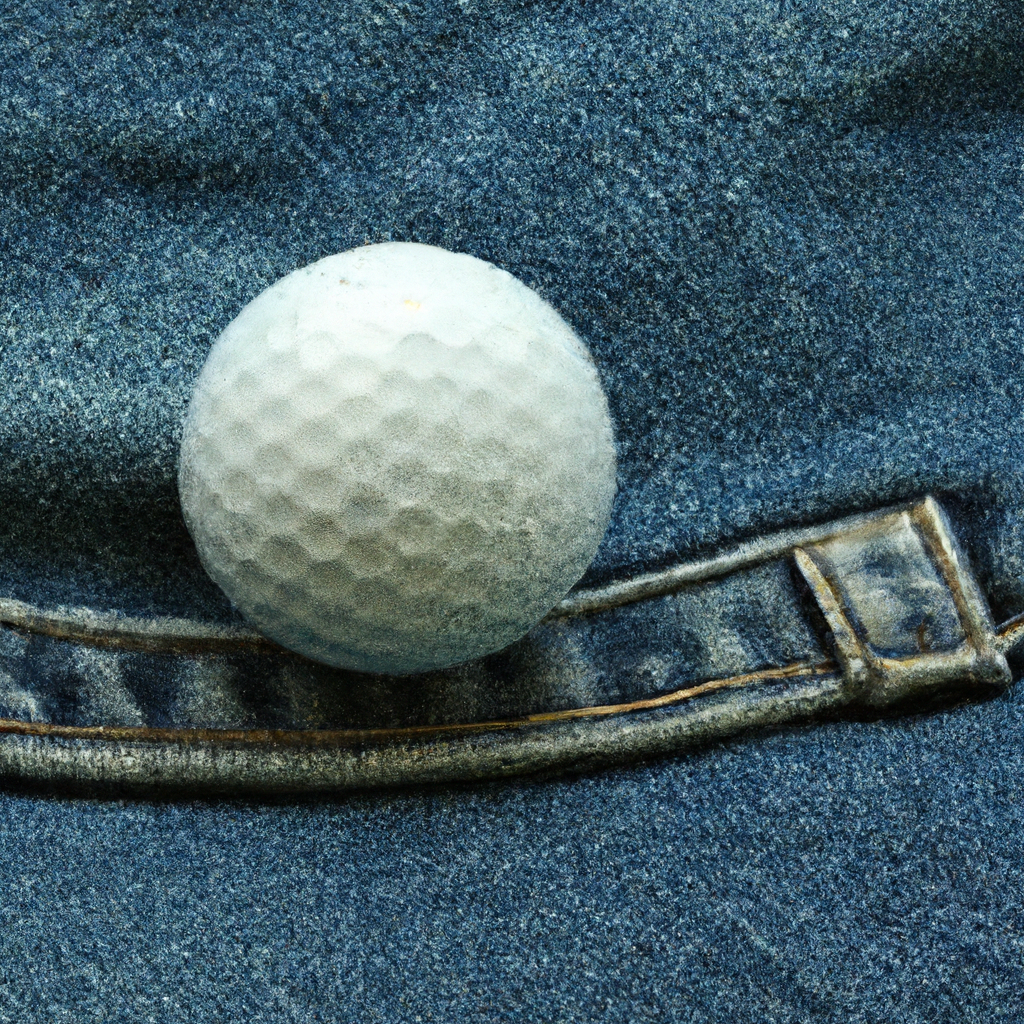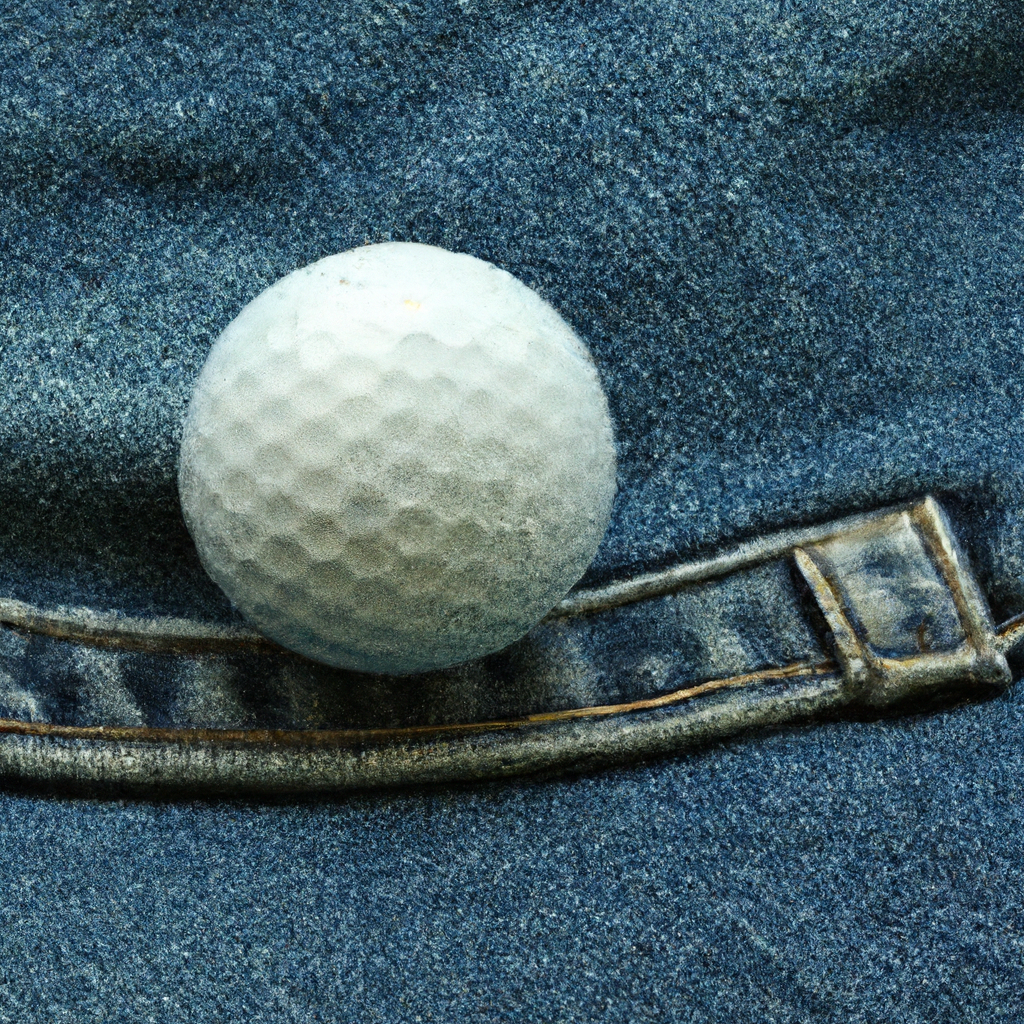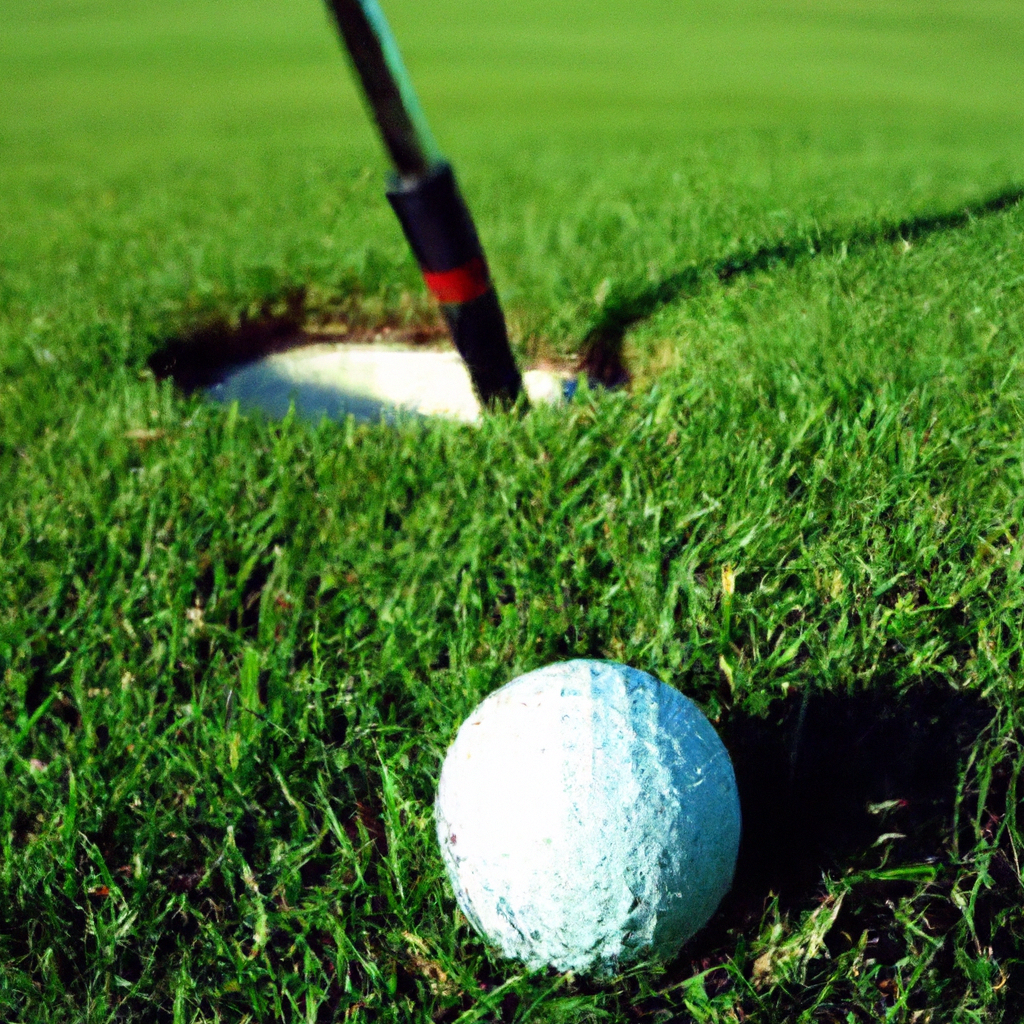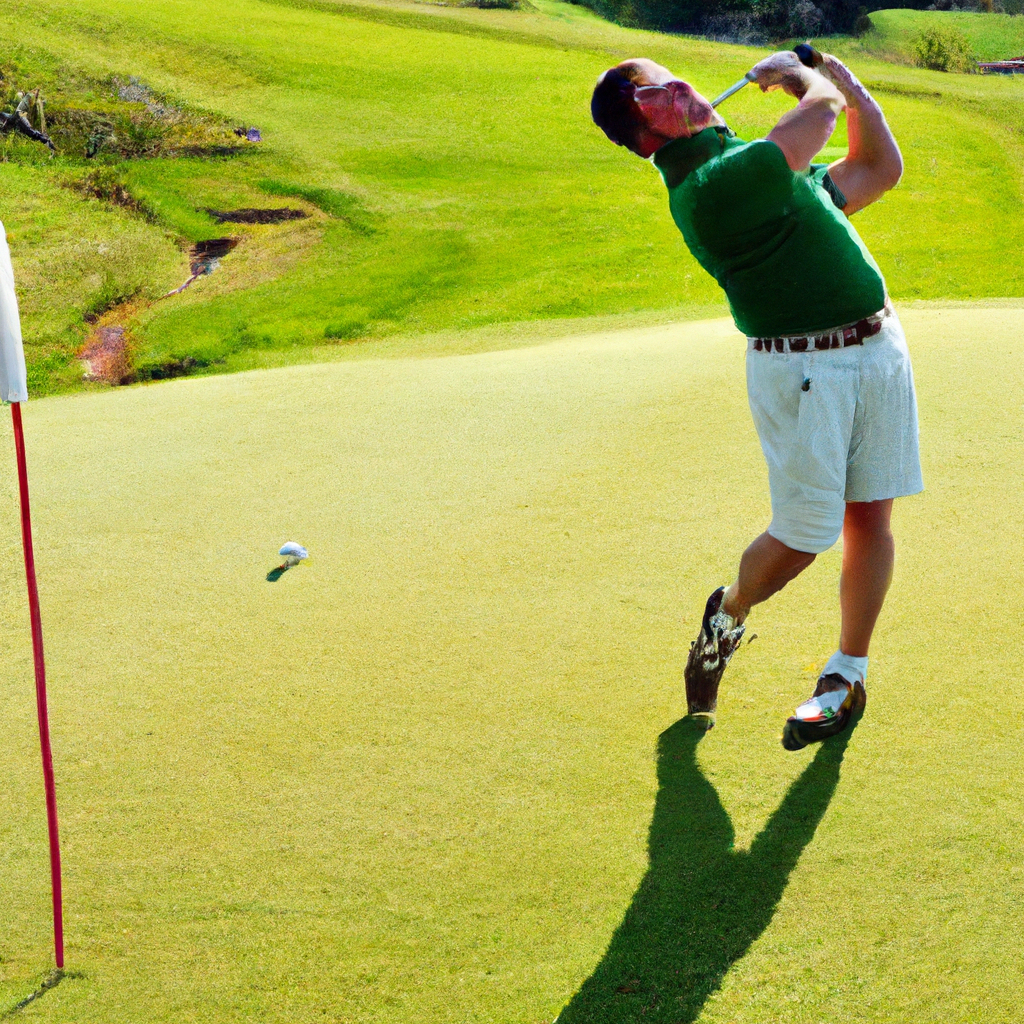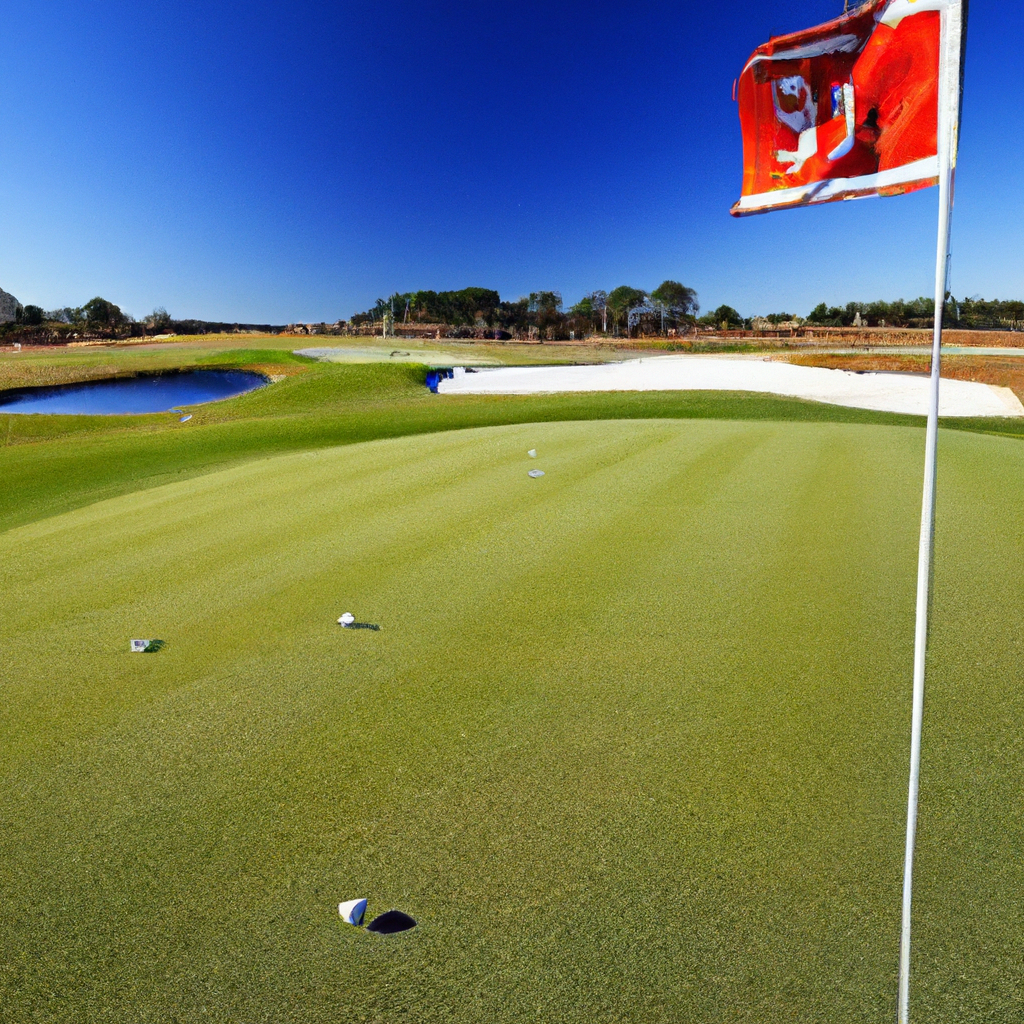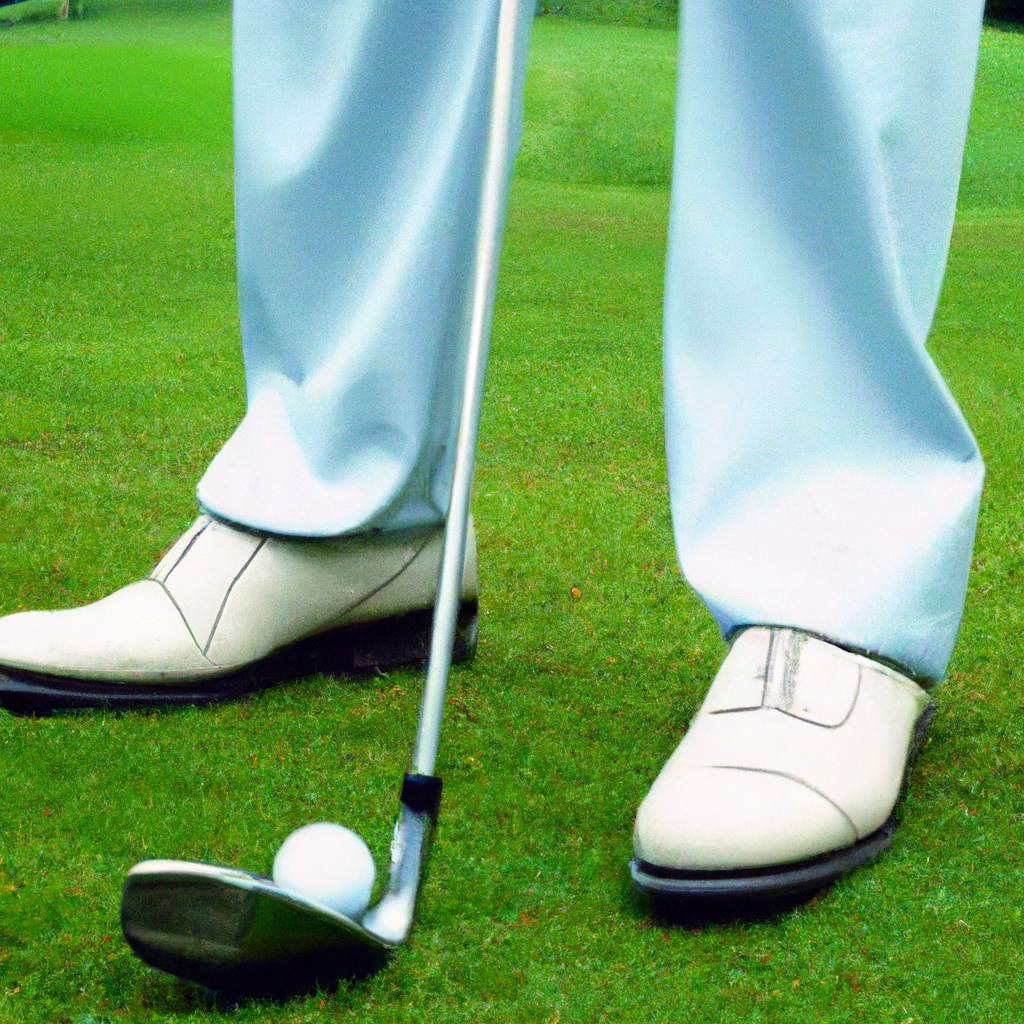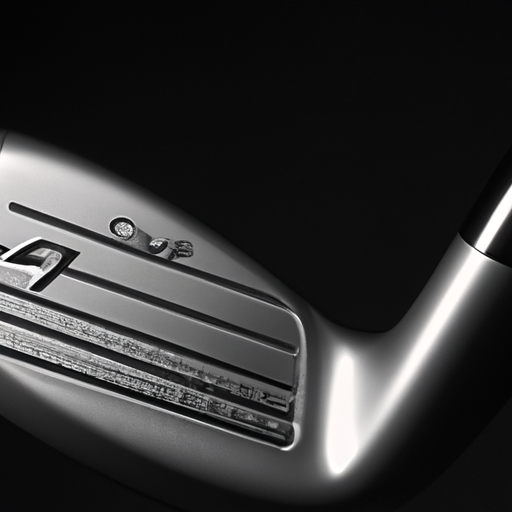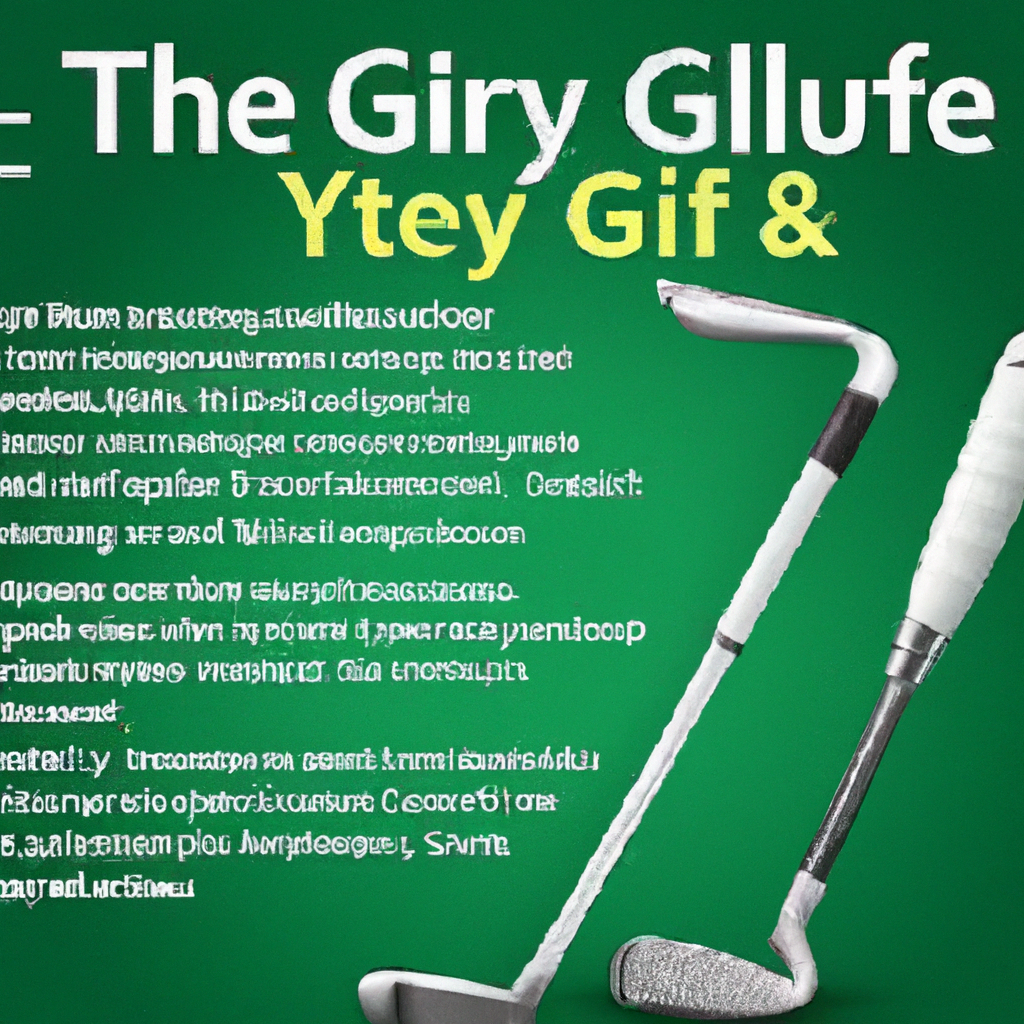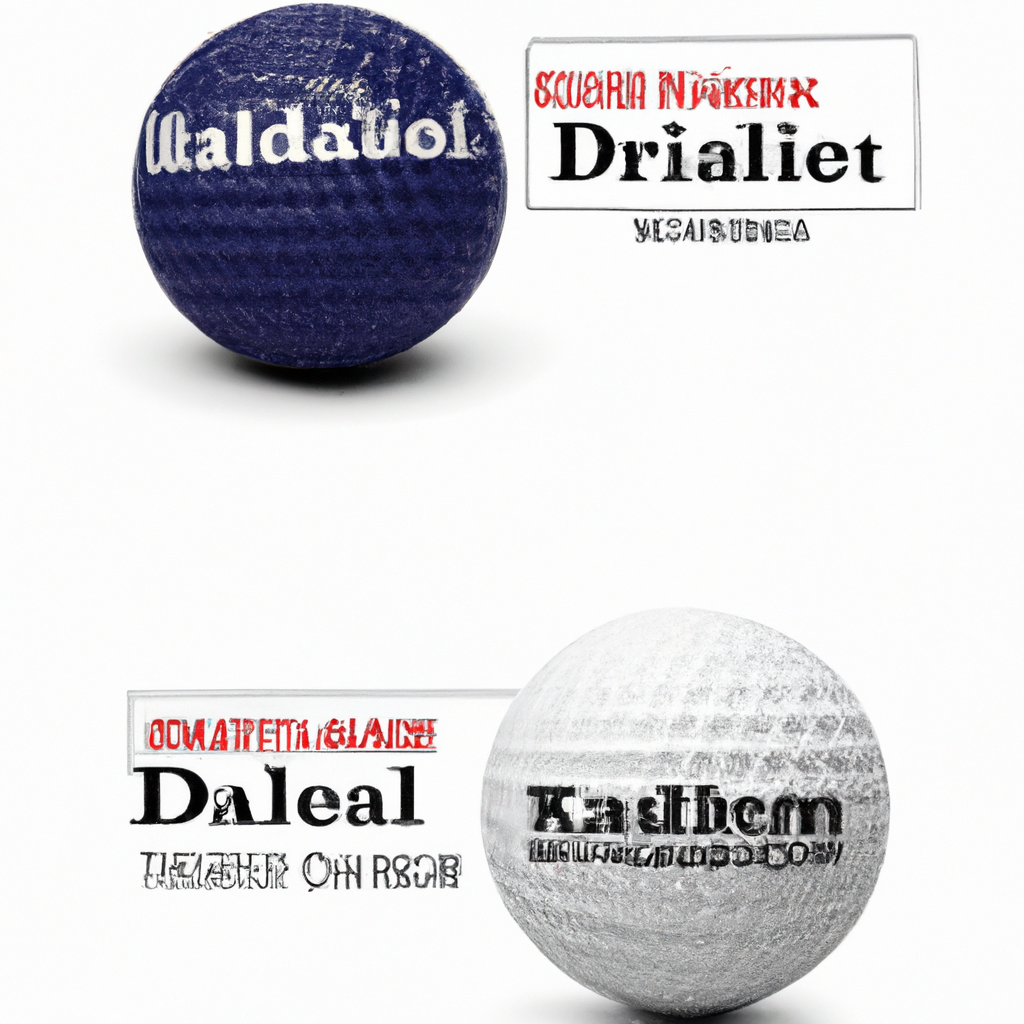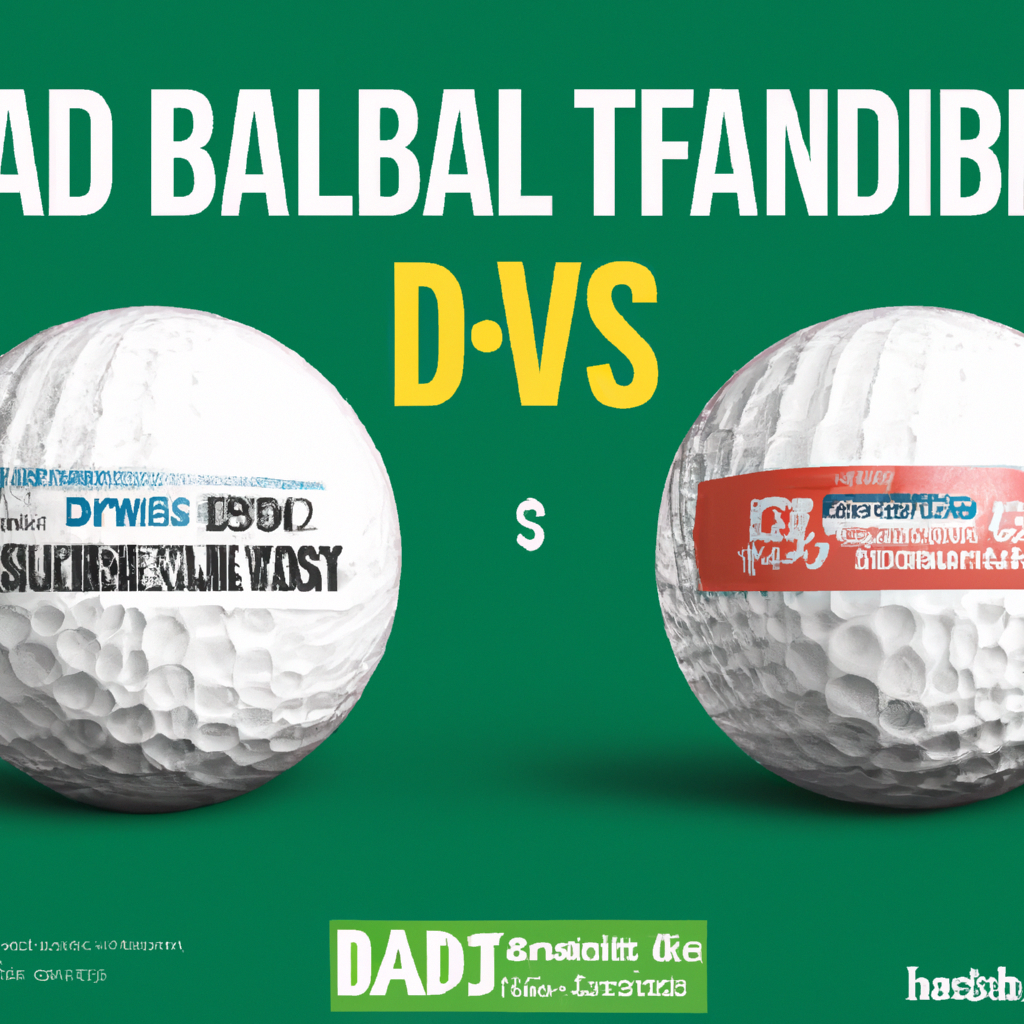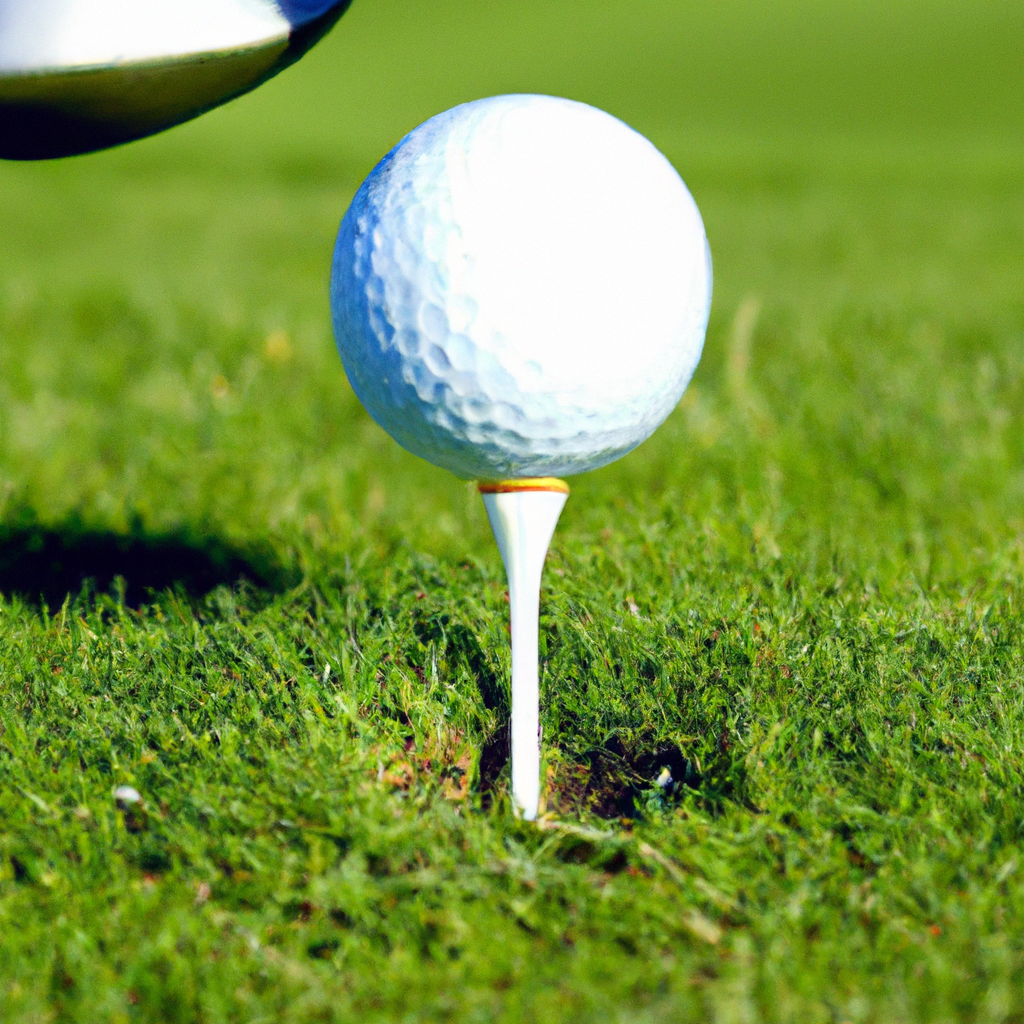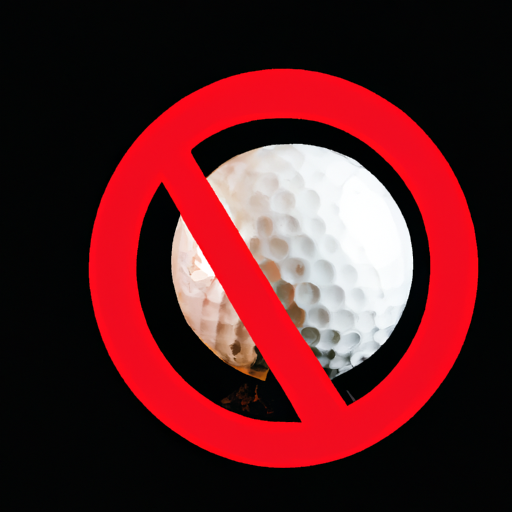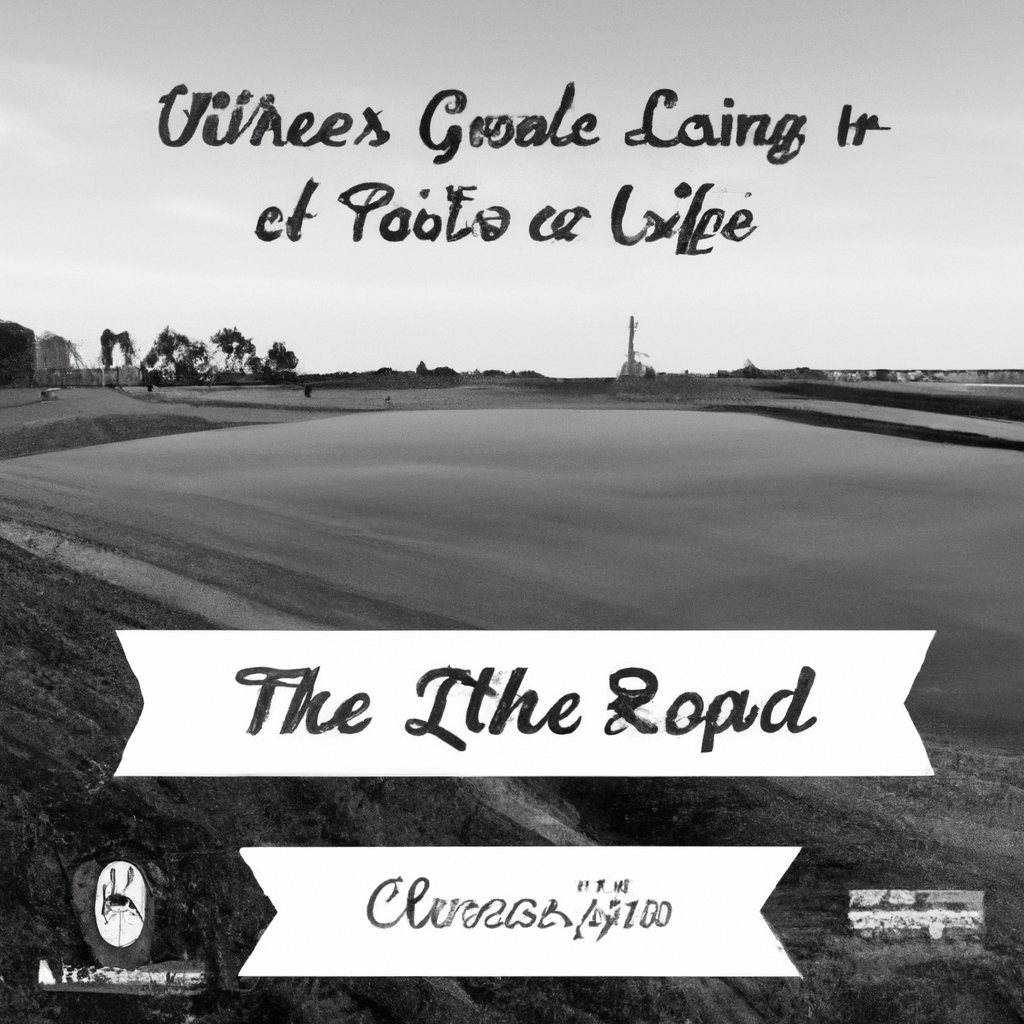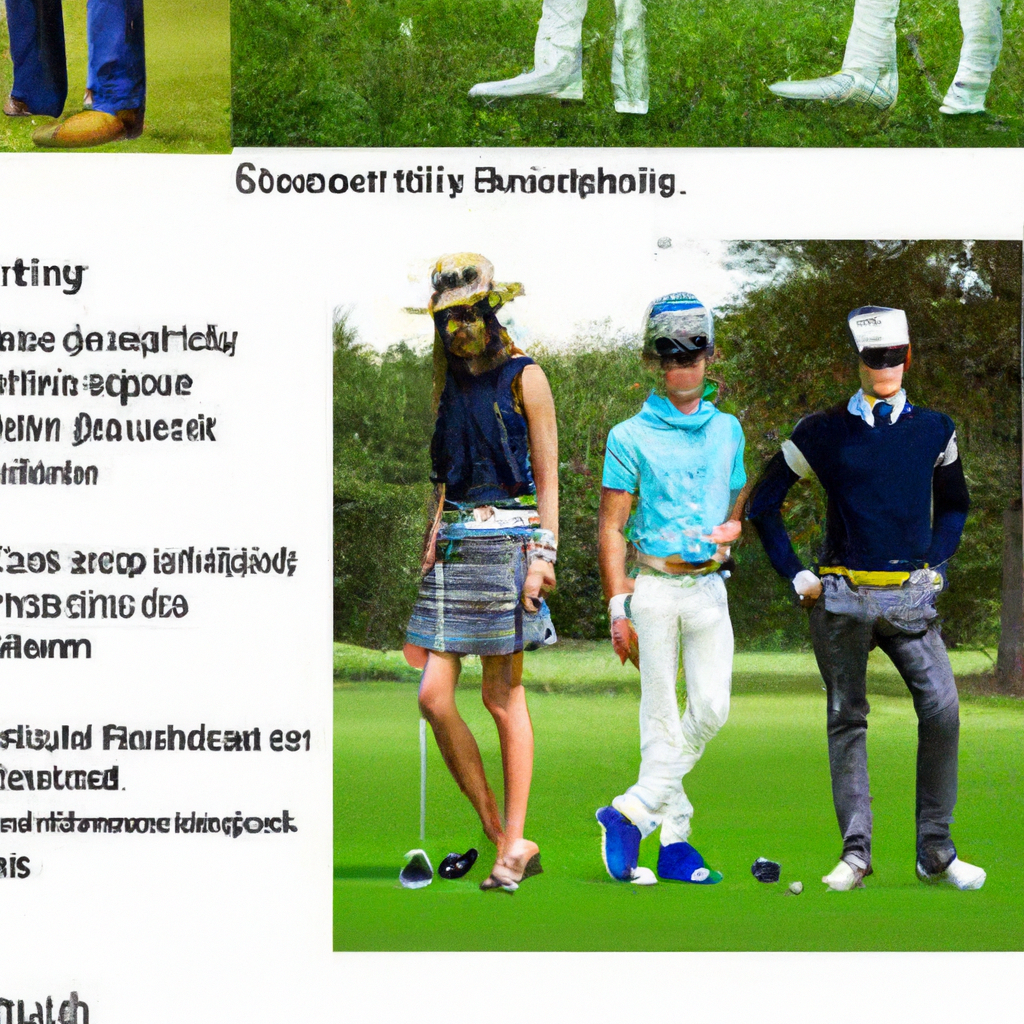Imagine standing on the lush green fairway of the iconic Royal Liverpool Golf Course, the salty breeze gently brushing against your face. As you gaze across the beautifully manicured course, you notice the distant sound of golfers teeing off and the occasional cheer of the crowd. The sun hangs high in the sky, casting a golden glow over the rolling hills and challenging bunkers. It is a moment frozen in time, a snapshot of the timeless allure and rich history that surrounds this prestigious golfing destination. The Time at Royal Liverpool Golf Course is not simply a matter of minutes and seconds; it is an experience to be savored, a journey back in time to a place where tradition, beauty, and excellence converge.

History of Royal Liverpool Golf Course
Origins of the golf course
The history of Royal Liverpool Golf Course dates back to the early 19th century when the sport of golf began to gain popularity throughout the United Kingdom. Founded in 1869, Royal Liverpool, also known as Hoylake, is one of the oldest and most prestigious golf clubs in England. The course was originally established on the coast of the Wirral Peninsula in the village of Hoylake, located in the county of Merseyside.
Early developments and expansions
From its humble beginnings, Royal Liverpool Golf Course has undergone several developments and expansions over the years. The original 9-hole course was designed by George Morris, who was instrumental in shaping the early layout of the course. In 1871, the course was extended to 18 holes, making it one of the first clubs in England to have a full-size course.
In the early 20th century, the renowned golf course architect Harry Colt was hired to redesign the Hoylake links. His redesign brought about significant changes, including the repositioning of bunkers and the addition of new tee boxes, resulting in an improved and more challenging layout. Colt’s alterations have stood the test of time and are still enjoyed by golfers today.
Significant tournaments held at Royal Liverpool
Royal Liverpool Golf Course has a rich history of hosting prestigious tournaments, earning its reputation as a world-class championship venue. The course first gained international recognition when it hosted The Open Championship in 1897, marking the beginning of a long-standing relationship between Royal Liverpool and one of golf’s most esteemed tournaments.
Throughout the 20th and 21st centuries, Royal Liverpool has continued to be a popular choice for hosting major golf events. The course has welcomed numerous editions of The Open Championship, with notable winners including golfing legends such as Tiger Woods, Rory McIlroy, and Phil Mickelson. Additionally, Royal Liverpool has hosted other prestigious events, including the Walker Cup and Women’s British Open, solidifying its status as a venue of choice for both male and female golfers.
Course Layout and Features
Overview of the course design
The layout of Royal Liverpool Golf Course is situated in a traditional links-style design, characterized by its coastal location and undulating sandy terrain. Covering over 7,200 yards, the course presents a glorious challenge for golfers of all skill levels. The fairways are lined with iconic links-style rough, which poses a test of accuracy and shot-making abilities.
Key holes at Royal Liverpool
While every hole at Royal Liverpool Golf Course presents its own unique challenges, a few standout holes have become renowned among golf enthusiasts. One such hole is the par-5 18th, known as “Royal.” It requires an accurate tee shot followed by a strategic approach to navigate around bunkers and avoid the treacherous rough, making it a thrilling and decisive closing hole.
Another notable hole is the par-4 9th, named “Principal’s Nose.” This challenging hole features a distinctive sand dune in the middle of the fairway, forcing golfers to carefully plan their tee shots and navigate around the natural hazard. The hole demonstrates the strategic design elements incorporated throughout the course.
Distinct features and challenges
One of the remarkable features of Royal Liverpool Golf Course is its natural and rugged landscape. The course is defined by rolling dunes, deep bunkers, and fast undulating greens, providing a true links golf experience. The ever-changing wind conditions add an additional layer of difficulty, as golfers must constantly adapt their shots to the unpredictable coastal breeze.
The challenges at Royal Liverpool extend beyond the course itself. The fescue rough, known for its punishing density, demands accuracy off the tee. The strategic placement of bunkers requires precision and thoughtful shot selection. Additionally, the course’s fast greens demand deft putting skills, as the subtle undulations can deceive even the most experienced golfers.
Membership and Facilities
Types of membership available
Royal Liverpool Golf Course offers various types of membership to suit different golfing needs. Full membership is available for those who wish to enjoy unlimited access to the course and clubhouse facilities. Additionally, the club offers intermediate and junior memberships, making it accessible to golfers of all ages and skill levels.
For those seeking a more flexible membership option, Royal Liverpool also offers non-resident, overseas, and social memberships. These options provide access to select club events and facilities while allowing individuals to maintain their primary residence outside the local area.
Clubhouse facilities
The clubhouse at Royal Liverpool Golf Course is a magnificent hub of activity and offers a range of amenities for members and visitors alike. Inside, you’ll find comfortable lounges, a pro shop stocked with the latest golf equipment and apparel, and locker rooms equipped with modern facilities. The clubhouse also features a dining area offering a delectable selection of meals and refreshing beverages to enjoy after a round of golf.
The clubhouse provides a warm and inviting atmosphere, where members can relax, socialize, and soak in the rich history of the club. The friendly staff is always on hand to assist with any inquiries or requests, ensuring that every visit to the clubhouse is a memorable one.
Practice and training facilities
Royal Liverpool Golf Course offers excellent practice and training facilities for golfers looking to hone their skills or receive professional instruction. The practice range provides ample space to work on your swing, with target greens strategically placed to simulate real course conditions. Additionally, the club offers a short game area, allowing golfers to practice their pitching, chipping, and bunker shots.
For those seeking expert guidance, the club’s team of professional instructors is available to provide golf lessons tailored to individual needs. Whether you’re a beginner looking to learn the fundamentals or an experienced golfer aiming to refine your game, the practice and training facilities at Royal Liverpool Golf Course cater to all skill levels.
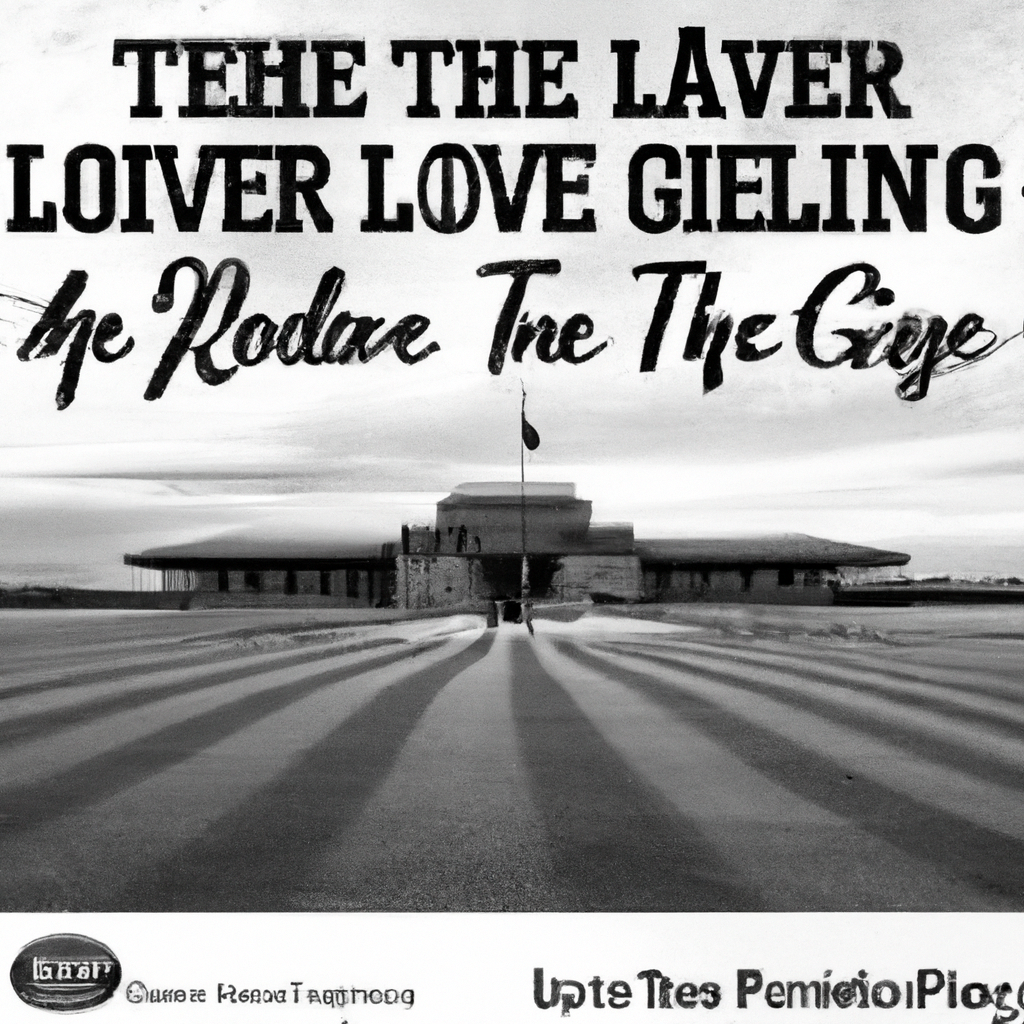
Noteworthy Tournaments Hosted
The Open Championship
Royal Liverpool Golf Course has a rich history of hosting The Open Championship, one of golf’s most prestigious tournaments. The club first welcomed the championship in 1897, and since then, it has been a regular venue for this major event. The Open Championship showcases the world’s best golfers battling it out for the coveted Claret Jug, an iconic symbol of success in the sport.
The championship at Royal Liverpool has produced memorable moments, including standout performances from golfing greats such as Bobby Jones, Walter Hagen, and many more. The challenge presented by the links-style course, combined with the unpredictable weather conditions, creates an exciting and unpredictable tournament that tests players’ skills to the fullest.
Other prestigious events
In addition to The Open Championship, Royal Liverpool Golf Course has hosted a range of other prestigious tournaments. The club has been chosen several times to host the Walker Cup, a biennial competition between the top amateur golfers from the United States and Great Britain and Ireland. This event showcases the future stars of the game and provides a platform for young golfers to make their mark on the international stage.
Furthermore, Royal Liverpool has also had the privilege of hosting the Women’s British Open, a tournament that highlights the exceptional talent of women golfers from around the world. This inclusion of women’s golf demonstrates the club’s commitment to promoting and supporting the growth of the sport for all genders.
Impact of hosting major tournaments
The hosting of major tournaments has a profound impact on Royal Liverpool Golf Course and its surrounding community. In addition to showcasing the club’s facilities and course to a global audience, these events generate significant economic benefits. Visitors from near and far flock to the area, boosting local businesses such as hotels, restaurants, and shops.
Furthermore, the tournaments create a sense of excitement and pride among the club’s members and the surrounding community. It allows them to witness firsthand the skill and dedication of the world’s best golfers and reinforces Royal Liverpool’s status as a premier golfing destination.
Visiting Royal Liverpool Golf Course
Address and location
Royal Liverpool Golf Course is located in the village of Hoylake, on the Wirral Peninsula in Merseyside, England. The club’s address is:
Royal Liverpool Golf Club, Meols Drive, Hoylake, Wirral, CH47 4AL, United Kingdom.
Best time to visit
The best time to visit Royal Liverpool Golf Course depends on weather conditions and personal preferences. The course offers a unique experience year-round, with each season highlighting different aspects of its natural beauty. Spring and summer bring milder temperatures, allowing golfers to enjoy the scenic coastal views and lush green fairways. Autumn offers stunning foliage colors, adding to the visual appeal of the course. While winter may bring colder temperatures, it provides a quieter and more tranquil atmosphere.
It is advisable to check the weather forecast before planning a visit to ensure optimal playing conditions and to make the most of the golfing experience.
Booking requirements
To play a round of golf at Royal Liverpool Golf Course, it is recommended to make advanced reservations. The club’s website provides information on booking procedures and availability. It is advisable to book well in advance, especially during peak season when demand for tee times is higher. Non-members may also have the opportunity to secure a tee time, subject to availability and adherence to the club’s guidelines.
Visitor experience and amenities
Visitors to Royal Liverpool Golf Course can expect a warm welcome and a memorable experience. The club prides itself on offering a friendly and inclusive environment for golfers of all backgrounds. From the moment you arrive, the staff will ensure that your visit is seamless and enjoyable, providing guidance and assistance as needed.
In addition to the exceptional golfing facilities, visitors can take advantage of the various amenities available on-site. The clubhouse offers a comfortable and inviting space to relax and socialize after a round of golf. The dining area serves delicious meals and refreshments, perfect for refueling and sharing stories from the day’s play. The pro shop provides an array of golfing equipment and apparel, allowing visitors to browse and purchase items to enhance their golfing experience.
The Golfing Experience
Caddie services
For an enhanced golfing experience, Royal Liverpool Golf Course offers caddie services to its players. Caddies are experienced and knowledgeable golfers who accompany players during their round, providing valuable insight and advice. They assist with course management, club selection, and reading the greens, allowing golfers to focus on their game and enjoy the course to its fullest potential.
Having a caddie by your side not only adds a touch of tradition and camaraderie to the round but also enhances the overall golfing experience at Royal Liverpool. Caddies are available for hire, and arrangements can be made prior to your visit to ensure their availability.
Equipment rental
For golfers traveling light or looking to try out new equipment, Royal Liverpool Golf Course offers equipment rental services. The club’s pro shop provides a range of high-quality clubs, trolleys, and other accessories for rent, ensuring that visitors have everything they need for a successful round. Rental options cater to both male and female golfers, with different sizes and specifications available to suit individual preferences.
Renting equipment allows visitors the flexibility to enjoy a round of golf without the hassle of bringing their own clubs, making it a convenient option for travelers or those looking to experiment with different club brands or models.
Playing conditions and course etiquette
Royal Liverpool Golf Course prides itself on maintaining excellent playing conditions throughout the year. The greenkeeping team works diligently to ensure that the fairways, bunkers, and greens are in pristine condition, providing a true test of skill for every golfer. The course’s sandy terrain drains well, allowing for year-round play and minimizing disruptions due to inclement weather.
To uphold the club’s high standards, players are expected to adhere to proper course etiquette during their visit. This includes repairing divots, raking bunkers, and treating the course with respect. Royal Liverpool values the principles of integrity and sportsmanship, fostering a welcoming atmosphere for all golfers.
Amateur and professional players
Royal Liverpool Golf Course caters to both amateur and professional players, offering an exceptional golfing experience for all skill levels. The course’s layout, with its strategic design elements and challenging features, provides an exciting test for elite golfers competing in major tournaments. Simultaneously, the club ensures that recreational golfers and enthusiasts have an enjoyable and rewarding experience on the course.
Whether you’re a seasoned professional looking to showcase your skills or a recreational golfer seeking a memorable round of golf, Royal Liverpool Golf Course offers a diverse and inclusive environment to suit all playing levels.
Hall of Fame Members
Notable golfers associated with Royal Liverpool
Over its long and storied history, Royal Liverpool Golf Course has been associated with numerous notable golfers who have left their mark on the sport. Some of the iconic names that have graced the fairways of Royal Liverpool include Walter Hagen, Bobby Jones, and Tiger Woods. These legendary golfers have showcased their skills and captured the hearts of spectators, forever immortalizing their legacy at Royal Liverpool.
Additionally, the course has nurtured and developed talented local golfers who have gone on to achieve success on the international stage. Their inspirational journeys serve as a testament to the club’s commitment to fostering the growth of the sport within its local community.
Major achievements and contributions
Golfers associated with Royal Liverpool Golf Course have achieved major milestones and made significant contributions to the sport. Walter Hagen, for instance, won The Open Championship at Hoylake three times, leaving an indelible mark on the club’s history. Bobby Jones, considered one of the greatest amateurs in the history of golf, captured the Claret Jug at Royal Liverpool during his remarkable career.
Furthermore, past and present members have contributed to the development and enhancement of the club. Their commitment to maintaining the rich traditions and standards of Royal Liverpool has ensured its continued success as a world-renowned golfing destination.
Community and Environmental Initiatives
Local engagement and partnerships
Royal Liverpool Golf Course is deeply committed to engaging with the local community and forging partnerships that benefit both the club and its surroundings. The club collaborates with various organizations and initiatives to promote the sport of golf, provide opportunities for local youth, and support charitable causes.
Through junior golf programs, scholarships, and outreach efforts, Royal Liverpool aims to inspire and nurture young talent, creating a pathway for future generations to appreciate and excel in the sport. The club’s commitment to giving back extends beyond the golfing realm, as it actively participates in initiatives aimed at supporting local businesses, tourism, and community development.
Sustainability efforts
Royal Liverpool Golf Course recognizes the importance of sustainable practices in preserving the natural beauty of the course and protecting the environment. The club has implemented various sustainability efforts, including responsible water management, waste reduction, and the use of eco-friendly products. These initiatives aim to minimize the club’s environmental footprint while maintaining the quality of the golfing experience.
Furthermore, Royal Liverpool promotes the preservation of wildlife habitats and the protection of natural resources. The course is home to a diverse range of flora and fauna, and the club actively works to maintain and enhance these habitats, ensuring the long-term sustainability of the surrounding ecosystem.
Conservation of natural resources
As a coastal links course, Royal Liverpool Golf Course understands the importance of preserving and conserving natural resources. The club takes measures to protect the sensitive coastal ecosystem, including dune management programs, which seek to maintain the stability and biodiversity of the dune system. This approach not only preserves the natural beauty of the course but also contributes to the overall health of the coastline.
Additionally, Royal Liverpool prioritizes water conservation efforts by utilizing efficient irrigation systems and employing responsible water usage practices. By being mindful of their impact on the environment, the club ensures that future generations can enjoy the unique and pristine beauty of the course.
Accommodation and Nearby Attractions
Recommended accommodations near the golf course
Visitors to Royal Liverpool Golf Course have a range of accommodation options conveniently located near the club. There are several hotels, inns, and guesthouses in the surrounding area that offer comfortable and welcoming stays for golfers.
Some recommended accommodations include the nearby Hoylake Inn, which offers cozy rooms and a warm, inviting atmosphere. Another option is the Royal Hotel, located within walking distance of the golf course and offering comfortable accommodation and excellent dining facilities.
Popular tourist attractions in the vicinity
For those looking to explore beyond the golf course, the vicinity of Royal Liverpool offers a variety of tourist attractions to suit different interests. The nearby seaside resort of West Kirby is a popular destination, known for its picturesque beach and stunning views across the estuary. Visitors can engage in activities such as walking along the promenade, enjoying water sports, or exploring the charming town center.
The Wirral Peninsula itself is home to beautiful parks and nature reserves, including Wirral Country Park and Thurstaston Common. These natural spaces provide opportunities for hiking, bird-watching, and enjoying the tranquil beauty of the surrounding landscape.
Future Developments and Upgrades
Upcoming renovations and enhancements
Royal Liverpool Golf Course is committed to continuous improvement and ensuring that it maintains its position as a world-class golfing venue. As part of this commitment, the club has plans for upcoming renovations and enhancements to further elevate the golfing experience.
These renovations may include improvements to course infrastructure, clubhouse facilities, and practice areas, aimed at providing members and visitors with modern and state-of-the-art amenities. The club’s focus on enhancing the course’s historical features while incorporating modern design elements will ensure that Royal Liverpool remains a remarkable destination for golf enthusiasts.
Plans for hosting future tournaments
Building on its stellar hosting history, Royal Liverpool Golf Course has ambitious plans for hosting future tournaments. The club aims to continue attracting major golf events, including The Open Championship, as well as other prestigious competitions. With its rich heritage, awe-inspiring course layout, and commitment to excellence, Royal Liverpool is well-positioned to captivate fans and players alike with exciting tournaments for years to come.
In conclusion, Royal Liverpool Golf Course stands as a timeless gem in the world of golf, offering a rich history, exceptional facilities, and a challenging yet scenic course. Whether you’re a seasoned professional or an enthusiastic beginner, a visit to Royal Liverpool is sure to leave you with cherished memories of a first-rate golfing experience. With its ongoing commitment to community engagement, environmental sustainability, and future developments, Royal Liverpool Golf Course continues to write new chapters, ensuring its place among the world’s premier golf destinations.
